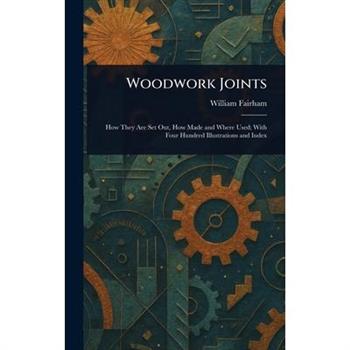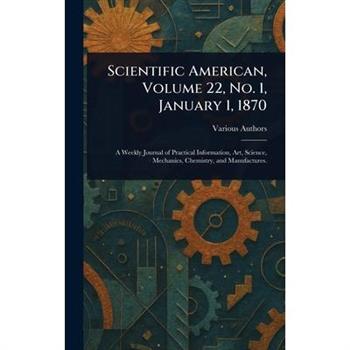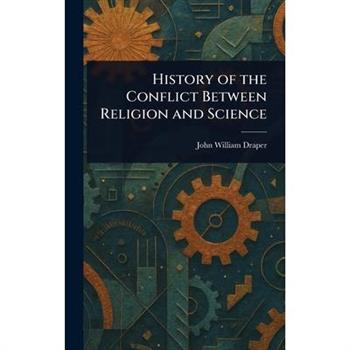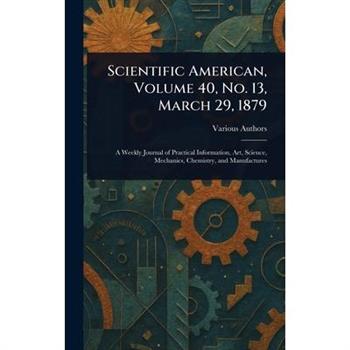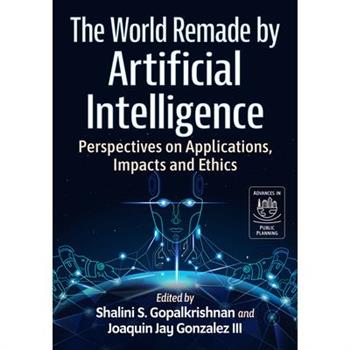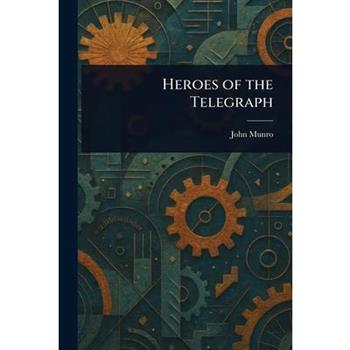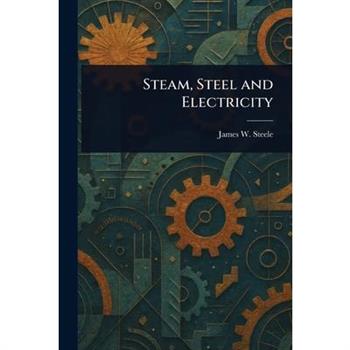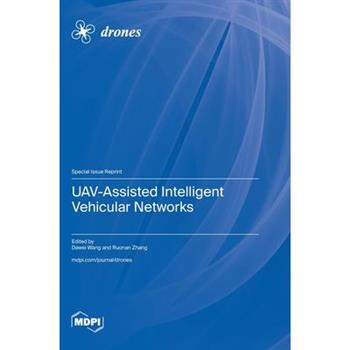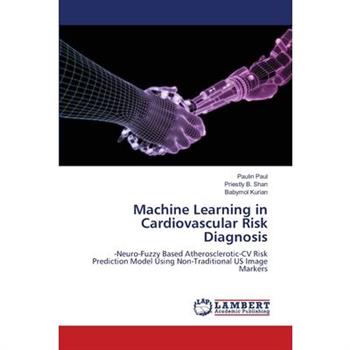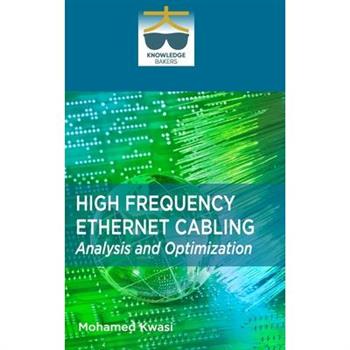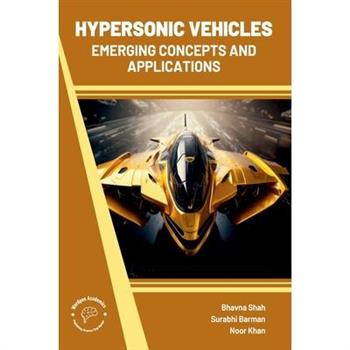Triumphs of Invention and Discovery in Art and Science
Scientific American, Volume 22, No. 1, January 1, 1870
Scientific American, Volume 22, No. 1, January 1, 1870
History of the Conflict Between Religion and Science
History of the Conflict Between Religion and Science
Scientific American, Volume 40, No. 13, March 29, 1879
The World Remade by Artificial Intelligence
Artificial intelligence is reshaping every facet of human existence, from business and education to creativity and governance. As AI systems become more powerful, they raise urgent questions about ethics, decision-making, and the future of human agency. This book explores how AI is transforming industries and society, offering a balanced perspective on both its immense potential and its risks. Collecting case studies and expert insights, it examines the impact of generative AI, automation, and machine learning on employment, creativity, and global economies. They also address critical concerns such as bias, misinformation, and the evolving role of AI in governance and daily life. Designed for business leaders, policymakers, educators, and general readers, this work represents a roadmap for navigating an AI-driven world. It offers clear explanations, thought-provoking analysis, and a vision for a future where AI and humanity coexist in a rapidly changing landscape.
Scientific American, Volume 40, No. 13, March 29, 1879
Antenna Designs for 5G/IoT and Space Applications, 2nd Edition
This reprint intends to shed some light on recent advances in antenna design for these new emerging applications and identify further research areas in this exciting field of communications technologies. Considering the specificity of the operational environment, e.g., huge distance, moving support (satellite), huge temperature drift, small dimensions with respect to distance, etc., antennas are fundamental devices that allow us to maintain a constant interoperability between ground stations and satellites or different satellites. Their high gain, stable performances (in terms of temperature and time), and long lifecycle are some of the requirements that necessitate special attention with respect to standard designs. The chapters of this reprint discuss various aspects of the above-mentioned list, presenting the view of the authors. Some of the contributors work strictly in the field (space), so they have a very targeted view of these subjects, while others with a more academic background propose futuristic solutions. We hope that interested readers will find a fertile source of information that, combined with their interest/background, will allow them to efficiently exploit the combination of these two perspectives.
Empire of AI
From a brilliant longtime AI insider with intimate access to the world of OpenAI and Sam Altman from the beginning, an eye-opening account of arguably the most fateful tech arms race in history, reshaping the planet in real time, from the cockpit of the company that is driving the frenzy When longtime AI expert Karen Hao first began covering OpenAI in 2019, she thought they were the good guys. Founded as a nonprofit with safety enshrined as its core mission, it was meant, its leader Sam Altman told us, to act as a check against more purely mercantile forces. What could go wrong? Over time, first for the MIT Technology Review, then the Wall Street Journal, and now for the Atlantic, Hao began to wrestle ever more deeply with that question. Increasingly, she realized that the core truth of this massively disruptive sector is that breakthrough success requires an almost unprecedented amount of proprietary resources: the "compute" power of scarce high-end chips and the processing capacity to compile and drive these massive large language model data sets, the sheer volume of data that needs to be amassed at scale, the humans on the ground "cleaning up" the data for sweatshop wages throughout the global South, and a truly alarming spike in the need for energy and water underlying everything. Somewhere near you, a server farm is being built. The truth is that we have entered a new and ominous age of empire: only a small handful of globally scaled companies can even enter the field of play of this great game. How would Sam Altman and OpenAI resist such Faustian temptations? Spoiler alert: they didn't. Armed with Microsoft's billions, OpenAI is setting a breakneck pace, chased by a small group of the most valuable companies in human history. All this time, Hao has maintained her deep sourcing within OpenAI and the industry, and so she was in intimate contact last year with the story that shocked the entire tech industry--Altman's sudden firing by the OpenAI board just as he seemed at the top of the world, and then the board's ignominious retreat and Altman's triumphant return. The true story of what happened, told here in full for the first time, is one of the great tales of corporate hubris and dysfunction for the highest of stakes. But this isn't just a tale of a single company and its team, however fascinating they are. The g forces pressing down on this crew are deforming the judgement of everyone else too--as such forces do. Naked power finds the ideology to cloak itself; no one thinks they're the bad guy. But in the meantime, as Hao also shows through intrepid reporting on the ground around the world, the enormous wheels of extraction at scale grind on. An astonishing eyewitness view from both up in the command capsule of the new economy and down on the darkling plain where the real suffering happens at impact, Empire of AI is the book we need to pierce the veil and bring the stakes into sharp focus.
Decentralizing Knowledges
In recent decades, there has been a call for decentering knowledge in the social sciences and humanities, bringing to light perspectives from previously ignored or undervalued groups or areas of the world. Feminist epistemologies and postcolonial studies have led this trend. However, there has been less interest in the specific infrastructures and practices that make decentering possible. Drawing from science and technology studies, Decentralizing Knowledges explores how to bring about such change. Contributors explore the multiple practices of knowledge production and circulation that favor and nurture nonhegemonic standpoints in academic fields, disciplines, and institutions--what they call epistemic decentralizing. The contributors combine theoretical and philosophical inquiry with empirical and historical case studies in settings ranging from palliative care in Taiwan, the repatriation of archaeological remains to Peru, and an experimental research platform in Kenya to a center of interdisciplinary ethnography in Ecuador and duck hunting as a knowledge practice of many indigenous S獺mi people. Throughout, the contributors provide an overview of the complex processes required to challenge mainstream epistemology. Contributors: Linda Mart穩n Alcoff, El穩as Barticevic, Johan Henrik Buljo, Ronald Cancino, Cristina Flores, Kim Fortun, Sandra Harding, Line Aimee Kalak, Duygu Kasdogan, Wiebke Keim, Aalok Khandekar, Daniel Lee Kleinman, Wen-Hua Kuo, John Law, Les Levidow, Leandro Rodriguez Medina, Angela Okune, Liv ?stmo, Ari Sitas, Maka Suarez, Sharon Traweek, Hebe Vessuri
Decentralizing Knowledges
In recent decades, there has been a call for decentering knowledge in the social sciences and humanities, bringing to light perspectives from previously ignored or undervalued groups or areas of the world. Feminist epistemologies and postcolonial studies have led this trend. However, there has been less interest in the specific infrastructures and practices that make decentering possible. Drawing from science and technology studies, Decentralizing Knowledges explores how to bring about such change. Contributors explore the multiple practices of knowledge production and circulation that favor and nurture nonhegemonic standpoints in academic fields, disciplines, and institutions--what they call epistemic decentralizing. The contributors combine theoretical and philosophical inquiry with empirical and historical case studies in settings ranging from palliative care in Taiwan, the repatriation of archaeological remains to Peru, and an experimental research platform in Kenya to a center of interdisciplinary ethnography in Ecuador and duck hunting as a knowledge practice of many indigenous S獺mi people. Throughout, the contributors provide an overview of the complex processes required to challenge mainstream epistemology. Contributors: Linda Mart穩n Alcoff, El穩as Barticevic, Johan Henrik Buljo, Ronald Cancino, Cristina Flores, Kim Fortun, Sandra Harding, Line Aimee Kalak, Duygu Kasdogan, Wiebke Keim, Aalok Khandekar, Daniel Lee Kleinman, Wen-Hua Kuo, John Law, Les Levidow, Leandro Rodriguez Medina, Angela Okune, Liv ?stmo, Ari Sitas, Maka Suarez, Sharon Traweek, Hebe Vessuri
Metal Additive Manufacturing
The following reprint explores the transformative advancements in metal additive manufacturing (AM) across cutting-edge industrial applications. Addressing key challenges in design, performance optimization, and application-specific development, it serves as a platform for state-of-the-art research and innovative methodologies. The collection features 10 high-quality papers authored by 47 contributors from 22 esteemed institutions, highlighting substantial interdisciplinary collaboration efforts. Built upon 381 published works, these studies present novel insights into material properties and real-world applications. With over 9,600 views in the first nine months, this reprint underscores the growing significance of metal AM and its accelerating industrial adoption.
UAV-Assisted Intelligent Vehicular Networks
This Reprint presents a comprehensive collection of research papers focused on advanced communication technologies and optimization techniques for unmanned aerial vehicle (UAV)-assisted systems and Internet of Things (IoT) applications. The Reprint covers a broad spectrum of topics, including intelligent resource allocation, secure transmission protocols, trajectory planning, and the use of deep learning in UAV networks. Noteworthy contributions include novel algorithms for relay selection in ultra-dense MEC networks, a multi-subsampling self-attention network for UAV-to-ground automatic modulation recognition, and optimized strategies for covert communication in UAV-assisted uplink systems. Additionally, this Special Issue delves into critical aspects such as physical-layer security, cooperative caching strategies, spectrum sensing, and the integration of edge computing with blockchain for secure V2X communications. The collected works provide valuable insights into emerging technologies, addressing the challenges of resource management, security, and efficiency in next-generation UAV and IoT networks. This Reprint serves as a valuable resource for both researchers and practitioners in these fields.
Industrial CFD and Fluid Modelling in Engineering
This volume "Industrial CFD and Fluid Modelling in Engineering" explores advanced computational methods for fluid dynamics, offering insights into simulations, turbulence modeling, and real-world engineering applications.
Railway Energy Harvesting and Safety Shield
Machine Learning in Cardiovascular Risk Diagnosis
Microporous and Mesoporous Materials for Catalytic Applications
Microporous and mesoporous materials are applied in refinery processes for the production of fuel components, petro-chemicals, and fine and speciality chemicals. Furthermore, these catalytic materials are utilized in exhaust gas emission control, water purification, drug delivery, and solutions for environment-related problems. Microporous and mesoporous catalytic materials modified with transition and noble metals are synthesized via evaporation impregnation, deposition precipitation, ion exchange, chemical vapor deposition, and atomic layer deposition. Metal nanoparticle-size distributions, dispersions, metal-support interations, and acid site amounts can be designed by selecting metal modification methods. In-depth physico-chemical characterizations are carried out using nitrogen physisorption for surface area pore volume and pore size distributions, scanning electron microscopy for morphological features, transmision electron microscopy for metal nanoparticle-size distributions, X-ray powder diffraction for structural measurements, and FTIR with pyridine as the probe molecule for Br繹nsted and Lewis acid site amounts. Microporous and mesoporous materials will be applied to the development of green process technology for the production of renewable energy, bulk chemicals, and fine chemical manufacturing.
Study of SVPWM based Shunt Active Power Filter
An Invitation to Probability and Data Analysis for Physicists
Advanced Biotechnologies for Water and Wastewater Treatment
This reprint deals with the latest developments regarding water and wastewater treatment using recent biotechnological processes. This reprint includes 11 papers and an editorial. Two papers focus on biomass management through thermal degradation and sludge separation, including pyrolysis and gasification technologies and microbial strategies for sludge granulation. Five papers tackle heavy metals removal, investigating lead's effects on algal-bacterial sludge, optimizing Cr removal using ANFIS and AEO, and using bacterial cellulose biomass, E. crassipes biomass, and genetically engineered E. coli for Cd removal. Four papers addressed organic contaminant degradation, studying ZnO nanoparticles' photo-catalytic activity, immobilized enzymes for pollutant treatment, fungal mycelium and enzymes for dye removal, and phenol degradation using immobilized Alcaligenes faecalis in Fe3O4-modified biochar. This reprint highlights innovations in biotechnology for sustainable water and wastewater treatment, emphasizing biomass management, heavy metals removal, and organic contaminant degradation.
Casting Alloy Design and Characterization
This reprint is dedicated to works related to casting alloy design and characterization, especially novel techniques; experimental and theoretical solidification studies; numerical and analytical simulations; heat and mass transfer; processing structure-property relations; and industrial applications.

















